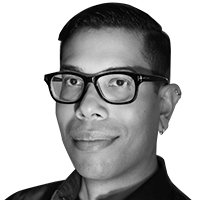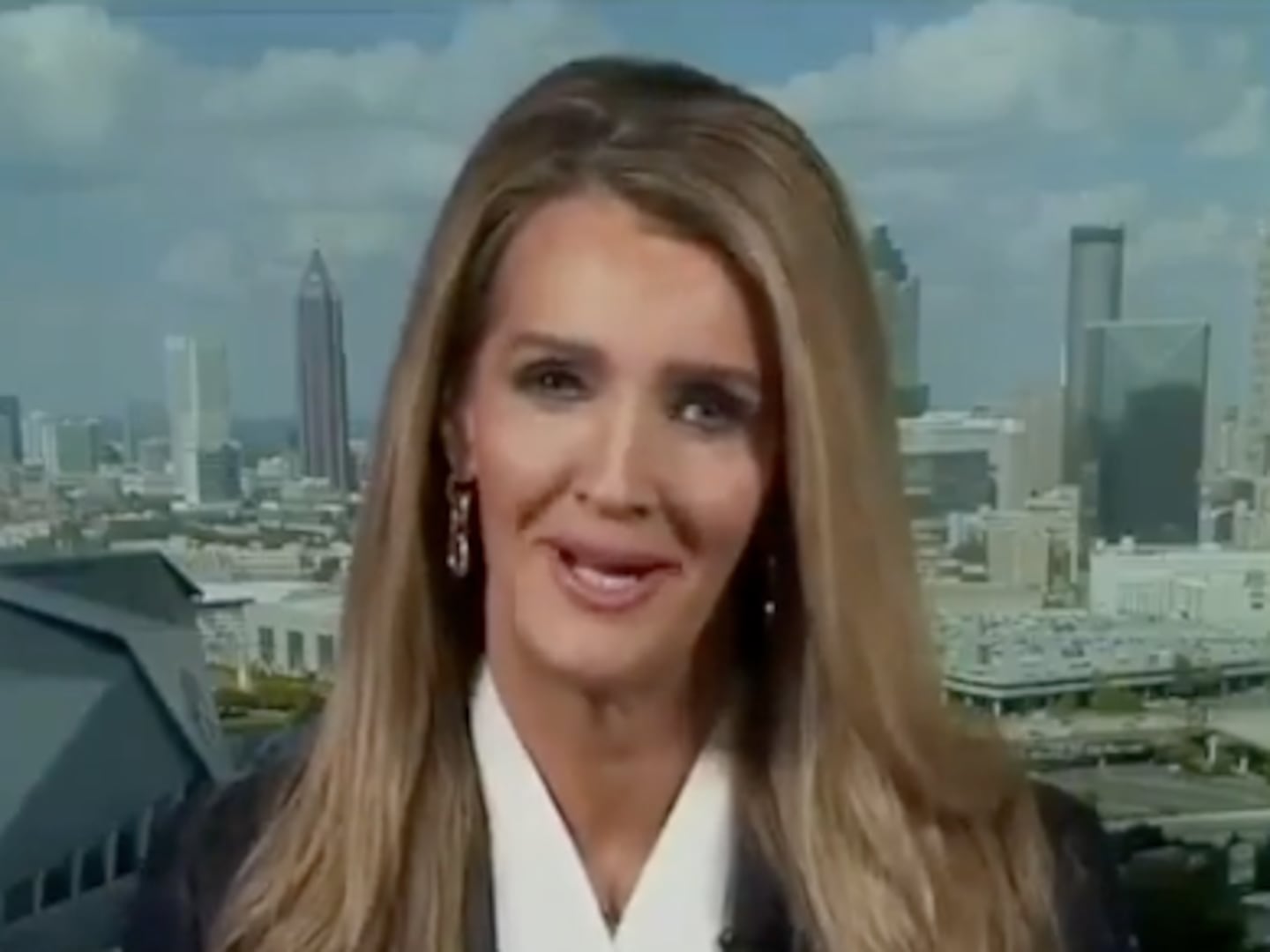As a child staring out of the window of my Abuelita’s 12th floor apartment in the Castle Hill Housing Projects in the Bronx, I was jealous of the Jeffersons in their “deluxe apartment in the sky.” I spent many nights praying I would awaken to luxury furniture and designer clothes. Instead, I was greeted by the same chilly apartment and graffiti-addled hallways reeking of piss.
The ’80s were a bleak time for low-income New Yorkers. Urban decay was marked by a borough that was still burning and two epidemics – crack and HIV. Somehow my mother could sense that the city might swallow me whole, so I spent a significant amount of time indoors. My salvation became film and TV. I loved Saturday morning cartoons and trips to Whitestone Cinemas. Transformers. The Color Purple. Flashdance. These were the stories that left an indelible mark on me.
As my family grappled with addiction and the war zone that was the Bronx I found myself craving catharsis and fell further into the comforting arms of story.
Youth Ministries for Peace and Justice, an afterschool program that encourages leadership through community revitalization, became a refuge. It was at YMPJ where I learned film could be used as a tool for social transformation and where I first created a narrative that reflected my own experience. At 15, I co-produced a documentary short on the gang violence ravaging my neighborhood. One of my co-producers was a fellow classmate, Eva. She was brass and fearless but her verve couldn’t save her from the brutality of our neighborhood. Her lifeless body was found riddled with bullets mere blocks away from our high school.
My mother told me that death can lead to more life, and Eva’s death served as a catalyst for me to pursue a career in film and TV. I wanted people to hear all the stories she would never get to tell, to force the masses to wrestle with the stories of the forgotten, those often unseen and unheard.
Despite making it through the ’90s and early ’00s relatively unscathed I had yet to acknowledge my truth. And after years of fighting it, I found the courage to step out of the closet I’d been hiding in. I managed to do it without ever seeing my story told onscreen. Sure, I found solace in Will and Grace and Queer as Folk. But I still wondered, as a queer brown person, where was my story? When would I be fully reflected?
While studying screenwriting at UCLA, my cohort of fellow writers were told we were the next generation of storytellers. We were convinced that the industry couldn’t wait to produce our undiscovered stories. In my youth, I never saw mixed-race families portrayed on film and television that looked or sounded like mine (Black and Puerto Rican). Exhausted by the erasure of my experience, POSE was conceived as way to fill a gap that has long existed. A love letter to New York City and the miraculous queer and trans, black and brown souls who managed to create community in the face of a plague, violence, and familial rejection.
I was an idealist when I crafted the first draft of POSE, dramatizing the lives of the members of the New York house ball culture. As I emerged from the program wielding my MFA, and a portfolio of original pilots, I had the opportunity to meet plenty of executives. I quickly realized that while POSE opened doors, it didn’t keep me in the room.
I would leave countless meetings with their questions ringing in my head: “Who is the audience?” “Where does a show like this live?” “Does every character have to be gay or trans?” Their questions were meant to convey their disinterest in developing my script but it left a deeper rejection. If this personal story doesn’t have value, I must not have value. In a time where the proliferation of Black content is being monetized, and receiving awards attention, how could THIS story – one that centers Black and Latinx people who happen to also be LGBTQ – be shunned?
I wish I could say that I persevered and continued to push POSE from production company to network, but I didn’t. I chose to develop other projects. But something about POSE couldn’t leave me. A serendipitous meeting with producer Sherry Marsh led to me sitting across from my TV idol Ryan Murphy at Fox Studios in 2016. Ten days earlier his acclaimed People v. OJ Simpson: American Crime Story had been awarded nine Emmy awards. I was certain he had a full slate of projects. Yet there I sat, across from the most prolific TV producer telling me that POSE would be his next project.
What I’ve learned from Ryan’s career is that one must stand in their truth, unapologetically. Ryan is a risk-taker, and a disruptor. His work is defiant. He’s taught me to fight for what I believe in. By definition, equality promotes fairness. He wants to live in a world where everyone is treated the same; however, he recognizes we can’t have equality without equity. Providing everyone with the tools they need to be successful is key. Ryan not only provided the tools but offered me a seat at the table. And with his half foundation – aimed at creating equal opportunities for women, people of color and LGBTQ people behind the camera – he has provided those tools to many more.
POSE centers and celebrates identity, making no apologies about our race, gender, sexual orientation, class and community. Currently, we are in production in my native New York, some locations mere blocks away from where I grew up, watching television, hoping to feel, to be seen. We all have our own stories to tell, and they deserve to be told. POSE is the story that my younger self deserved but never received. I realize now, that it is not impossible for someone like me – a cisgender Afro-Latinx queer man from the Bronx – to tell this story – our story.
I may not have ever scored that deluxe apartment in the sky, but I’m no longer jealous of the Jeffersons. I finally got a piece of the pie.
Steven Canals is the co-executive producer and co-creator of POSE, debuting June 3, 2018 on FX.






